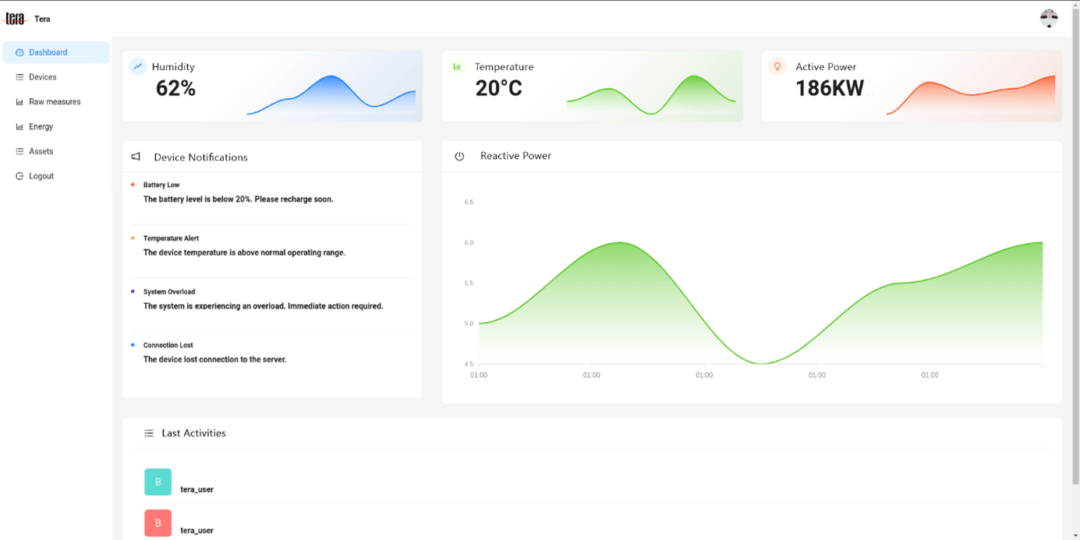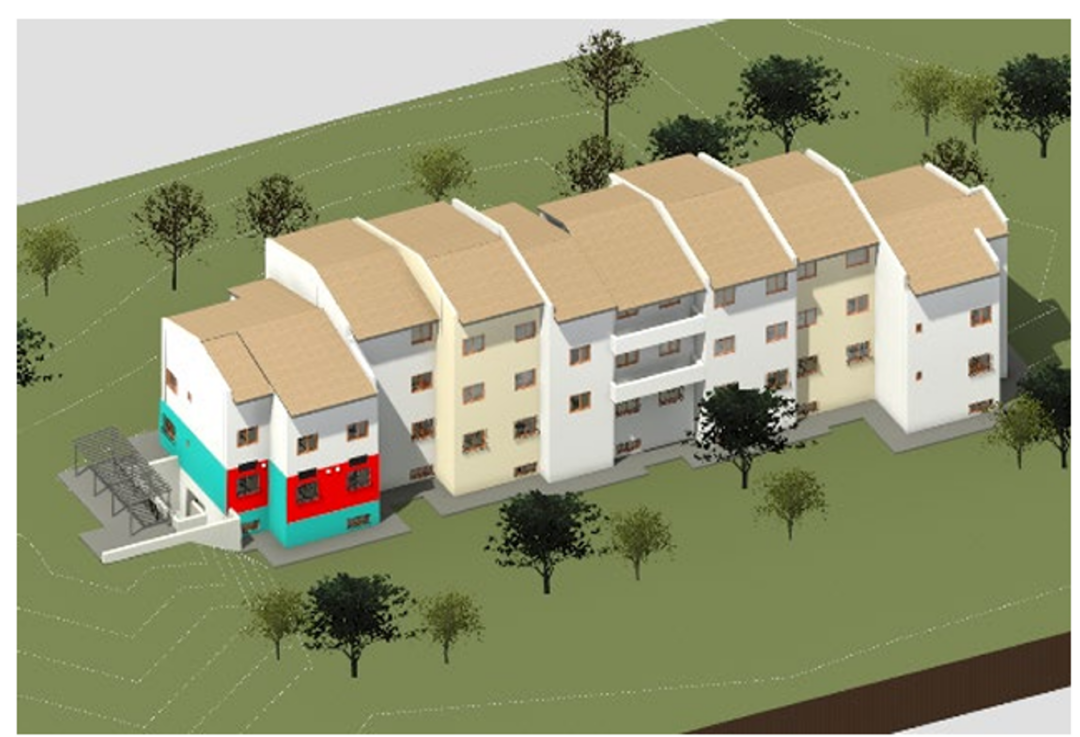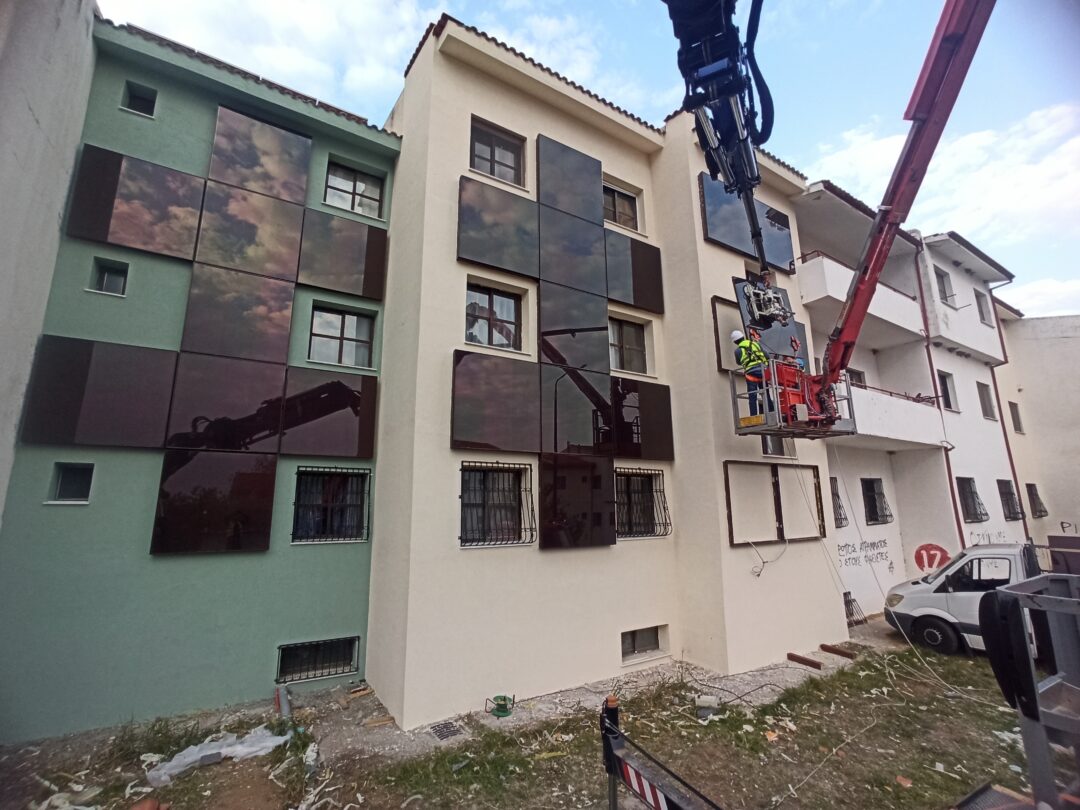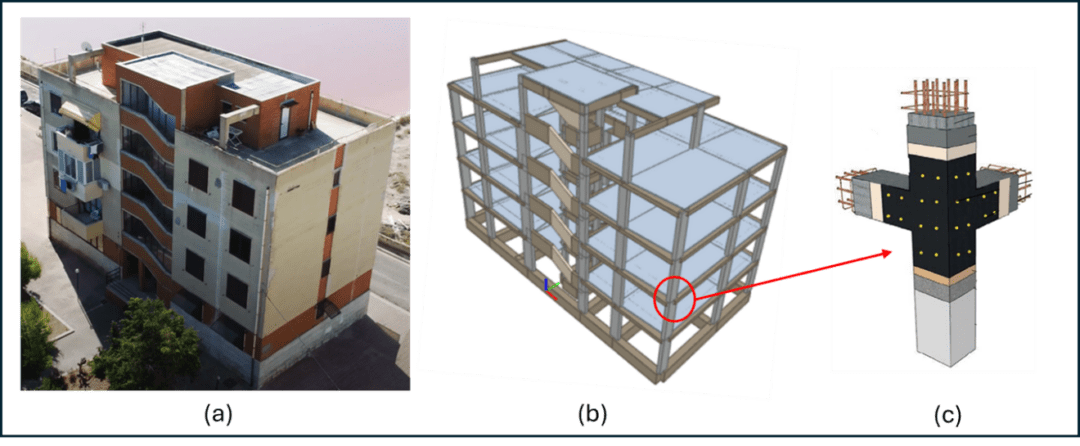The 13th of June 2024, Antonio Disi and Monica Misceo of the ENEA, Energy Efficiency Unit Department, together with Marité Cuonzo, the representative of Puglia Region, met the resident families of the public housing building of Margherita di Savoia, in Puglia, subject of the renovation and energy efficiency interventions, planned as part of the European REHOUSE project activities (Italian Demosite).
During the meeting, that was held in one of the residents’ homes, thanks to the participation of the tenants to a simulation game, the families were able to understand, in a really concrete way, the change of scenery encountered by building interventions and the decision-making process that usually precedes the energy retrofitting of a building.
The serious game, created by Antonio Disi, is called ENZEB and is a cooperative board game, set in an apartment building where the competitors must achieve the highest level of energy efficiency. The time frame covers a period of five years, corresponding to about one hour of game during which real circumstances can be reproduced through concrete simulations to accompany the necessary learning processes to understand the decision-making process that always precedes the energy requalification of a building. The game’s kit consists of a board, intervention cards, opportunities to exploit, and unforeseen obstacles to overcome.
Among the key elements of ENZEB, different scenarios are available to participants, such as properties built in various moments, that require renovation; two types of interventions that can be implemented, their possible impacts, in terms of consumption, CO2 emissions, property value and living comfort; the costs to be incurred, but also the revenues that are obtained in terms of bonuses depending on the interventions selected; the financial resources provided, represented by EnzEuro banknotes distributed differently among the participating groups; contingencies and opportunities; a five-year time frame in which the technological and behavioral interventions to be implemented, need to be chosen.
The decision-making process led to the choice of the least invasive interventions, but equally positive in terms of impacts, to the point that over the five years available, the group has exceeded the target levels set for the condominium, which has reached very low levels in terms of consumption and CO2 emissions.
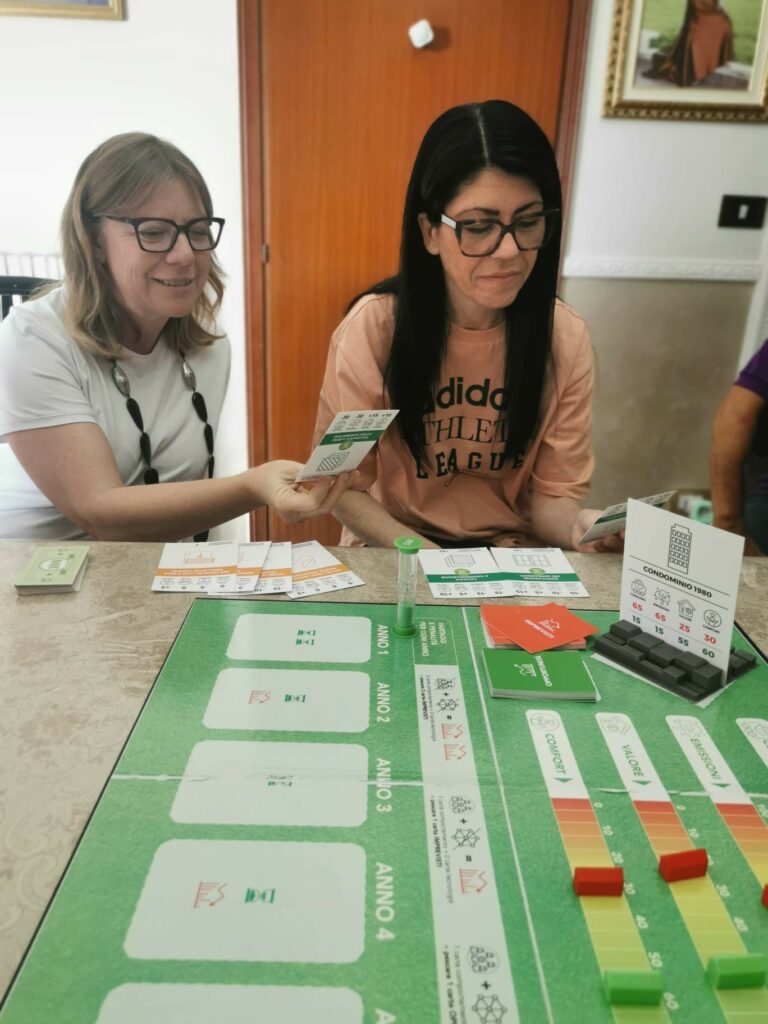

From the feedback received from the tenants during the simulation, it was recognized that it was possible to predict behavioral interventions in addition to the classic technological interventions, as correct daily habits regarding the use of energy can really determine significant impacts in terms of comfort, consumption and CO2 emissions.
The change in behavior has enabled:
- To achieve green objectives, thanks also to less invasive but integrated interventions
- The implementation of maintenance and monitoring of energy systems to avoid excessive consumption
- To use automated systems for personalized consumption management
- To collaborate and cooperate to maximize results
- To receive the necessary information and support from experts for understanding the technological changes taking place.
Author: Lorenza Daroda, ENEA


